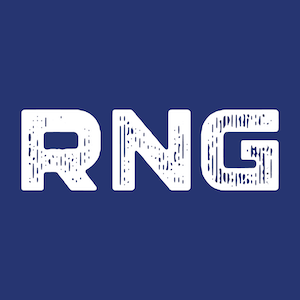Imagine you were once a stellar high school and collegiate athlete who spent several years as a coach in the college ranks. Then circumstances necessitated a change to the hotel and restaurant industry. You faced a difficult conversion.
Transitioning from a career in sports to the hospitality industry is quite a shift. But it’s not quite as challenging as moving from military service to the civilian workforce. Helmets to Hardhats (H2H) is an organization that assists veterans in a successful path to a non-military career.
“We are the bridge during that person’s transition period. Either being a veteran that comes off active duty or a guard/reserve soldier,” Martin Helm, executive director of Helmets to Hardhats, told Reserve & National Guard Magazine. “We are that outlet of what to do next or where does my career go.”
H2H is an outreach program that helps veterans obtain union-skilled trades apprenticeships. Fifteen union-skilled trades organizations participate in the H2H program, offering more than 65 occupations.
“And then that doesn’t even count the management side of the house where they can go be estimators, project managers, your admin stuff, that’s needed to run a company,” Helm said.
Since 2003, H2H has placed more than 39,000 transitions into the skilled trades, and in recent years averaging approximately 3,000 placements annually, according to Helm.
Program participants can access opportunities throughout the country once they complete a profile on the H2H website. The program also provides liaisons (coaches) to guide veterans, guardsmen, or reservists through the process, finding specific career fields that would be a good fit.
“There’s a lot of people that want to come to the trades, but they’re not really sure what they want to do,” said H2H senior program manager Rob Schwartz. “The goal is to put them, or guide them, towards the crafts that would be the most engaging to them and interesting based on conversations.”
The skillsets and attributes possessed by veterans complement the skilled trades, Helm said.
“What makes military people awesome is … they’ve got that little bit of self-discipline … they got the resilience, they got the soft skills of teamwork, showing up on time,” Helm said. “Most of them don’t mind working with their hands and minds.”
H2H points military-affiliated job seekers to an untapped career field that matches well with their skills, said Mike Conner, the council representative for the Pile Drivers/Divers Local 474, Eastern Atlantic States.
“I think the trades is a great place for veterans to start a second career because they already have that base discipline of showing up to work on time, showing up with your proper gear and working hard … and an open mind to knowledge,” Conner said.
But Conner sees the veteran transition process as part of the veteran issues paradigm.
“Transitioning is a very difficult thing,” he said. “The longer you spend in, the harder it is to transition out … transitioning is a huge veterans’ issue that I think a lot of people don’t realize the difficulty of transitioning into civilian life.”
Conner served as an Army Ranger for 20 years before retiring in 2014. He considered security contracting in foreign lands post-military. It seemed natural for a Ranger.
“A civilian gunslinger overseas,” he quipped. But his wife suggested that Conner pursue a different path. One without a “deployment.”
He attended a commercial deep-sea diving school but soon found out that opportunity wasn’t knocking.
“I found there’s not as much a need for divers that was put out in the dive schools,” he added.
Eventually, Conner discovered Helmets to Hardhats online and filled out the profile.
“I got a call pretty much about two days later from the pile drivers and divers union in D.C. and got into the apprenticeship.”
That ultimately led to his council rep position at Local 474. Conner works closely with H2H.
“I’ve built a good relationship with Helmets to Hardhats, so I’m now in a position that I utilize them,” Conner said.
And perhaps the ultimate end result H2H is striving for with its transitions is summed up by Schwartz, “The goal is you want someone that gets up every day, in the morning, and loves what they do.”


